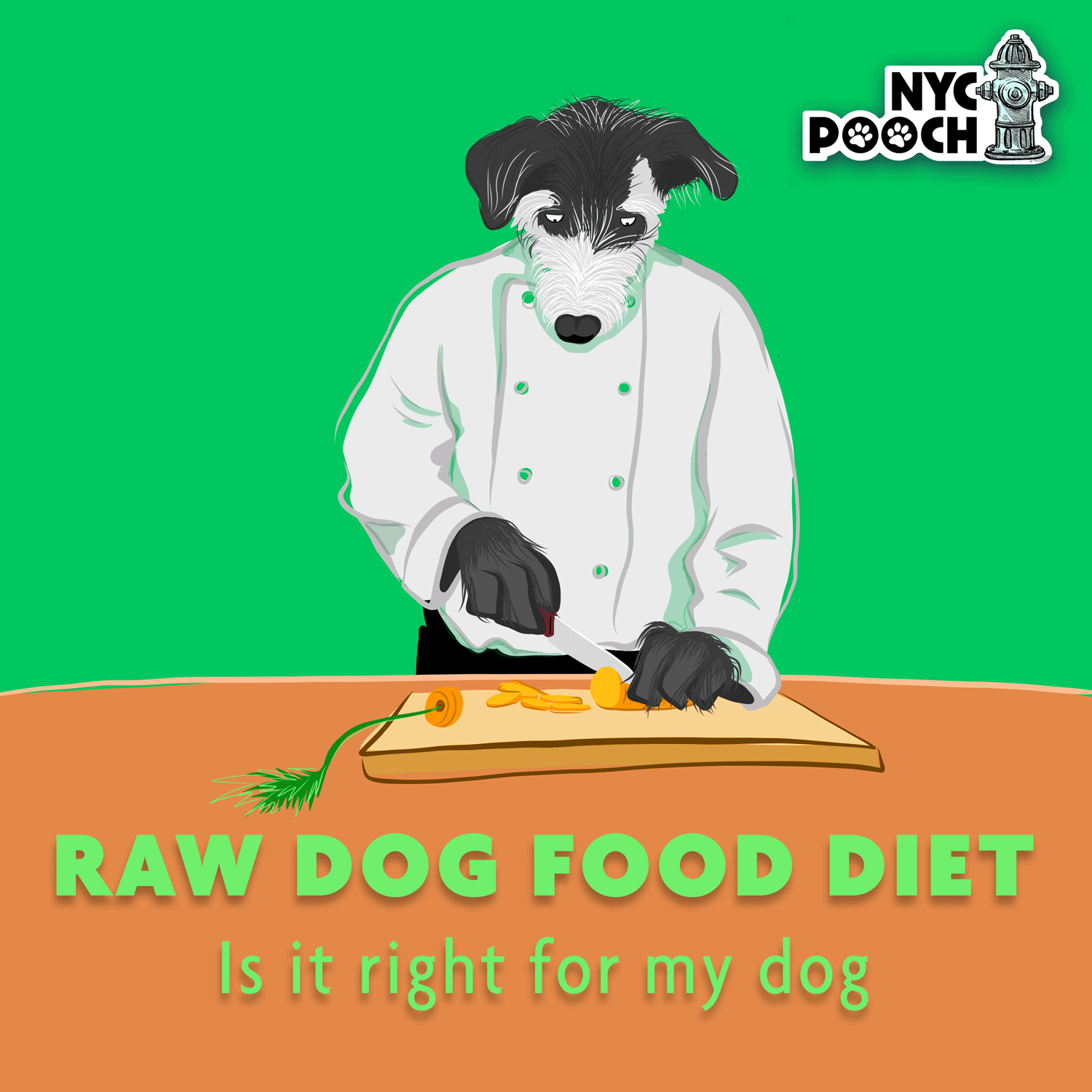What is The Best Dog Food?
By Dan Shemetoff
There are a lot of schools of thought when it comes to the best foods for your dog. I personally have tried to give my four dogs the best we can afford. They have been primarily on high-end kibble, but a couple of years ago, we saw the documentary “Pet Fooled,” and that changed things for us. I took two main things away from the movie: one: heating meat to a temperature high enough to make kibble removes the nutritional value and two: the pet food industry is completely unregulated. This means we all have to do our own research. We can’t take anything for granted. I don’t have all the answers; I encourage you to go out and do your own homework to find out more for yourself and figure out what will work for your life and dogs. This is just a little primer to get you thinking and learning more about your options.
Raw
People have been feeding their dogs a raw diet for decades. It’s recently gained popularity (and controversy) in the mainstream. While the FDA and many veterinarians caution against this type of diet due to the risk of foodborne illness and the potential for nutritional deficiencies, lots of dogs have had massive success on it–particularly those battling cancer or other major illnesses. There are all different configurations depending on the brand or manufacturer, but basically, a raw diet for a dog is comprised of:
- Muscle meat
- Whole or ground bones
- Organ meat
- Vegetables
- Fruit
- Fat
- Carbs
You can get raw diets in fresh, frozen, or dehydrated/freeze-dried form. You can also make your own. Despite the caution and concern, those who feed a raw diet to their dogs swear by it. There are so many stories of dogs who have suffered allergies, GI issues, and even terminal illnesses on kibble, but once they switch to a raw diet, their symptoms significantly reduce or disappear altogether. If your dog is suffering from chronic symptoms, feeding high quality, fully-balanced raw food could be the answer. It’s worth a try–just find someone in your area who is experienced with it to help you, whether it’s a vet or a canine nutritionist.
Although I have not personally used a raw food for my dogs, there are a lot of options out there. Based on recommendations from my friends who feed raw and the research I’ve done, here are some brands that tend to come out on top:
- Answers
- Primal
- Stewart
- Honest Kitchen
There’s a bigger list here that you can check out for yourself! It’s also possible to make your own raw food for your dog, but that’s a bit more complex because you have to ensure it’s properly balanced. When you’re just starting out with raw, it’s probably easier to purchase it from a trusted manufacturer.
Fresh
If you aren’t quite ready to make the jump to a raw diet or it’s not right for your dog, but want something different from kibble, you might want to try feeding fresh food that’s made in a licensed and certified shop. You can even order it for delivery from companies that deliver nationwide, but obviously, the closer to your home, the better. This is food that’s made from whole and fresh ingredients–typically human grade and FDA-approved–that’s been balanced for dogs and lightly cooked.
Usually, the food is comprised of:
- a carb (pasta or rice)
- protein from one source (salmon, turkey, etc)
- vegetables
- added vitamins
Typically, it’s available in fresh or flash-frozen form. For awhile, this is the route I took with my dogs. Admittedly, it was the price that caused me to stop using it. For one dog, the cost could be manageable, but for four, it really took a toll on the wallet. On the other hand, what’s the cost of health problems that could be caused by long-term consumption of kibble? None of our dogs have cancer (yet?), but that doesn’t mean their kibble is the best for them.
If you want to try it out for yourself, places like the Farmer’s Dog and Ollie are local to New York, but there are dozens of other companies around the country that will deliver no matter where you live.
This Dog’s Life has a great review of different providers here.
Dehydrated
Dehydrated dog food is very close to raw. It’s whole food that’s balanced and mixed for dogs and then dehydrated. It doesn’t go through the same baking process as kibble, so it retains nutrients in the same way raw does. You rehydrate it with water before you give it to your dog. Feeding dehydrated food can be a good alternative to raw or fresh. In our house, we use Grandma Lucy’s Venison dehydrated food in combination with kibble. For us, since we have four dogs, it’s a way to give our dogs a good source of nutrients but stretch it at the same time.
Here’s a pretty comprehensive list of brands you can try.
Kibble
Now, as for kibble, it’s come to light that due to the sourcing and processing, kibble isn’t as healthy as we might have thought–even the high-end kibble–which is tough because kibble is often the most cost-effective option. And it’s certainly the most convenient and familiar to many of us. If you are currently feeding kibble, I do recommend that you check out “Pet Fooled” and do other research to learn more about the process. If you go the kibble route, there are a lot of grain-free options, “wild” or “natural” diets, and that sort of thing. There are also different formulas that are meant to cater to different ages, medical concerns, and the like. In our house, we personally feed two kinds of kibble: Orijen and Fromm, along with the dehydrated food. Our dogs are all seniors and they are all pretty healthy. The oldest has technically been in heart failure for 4 years, but is asymptomatic and is a medical marvel, and none have any other chronic diseases. So I would say they are doing okay on the food we have them on (but we all know anecdotal evidence isn’t as strong as scientific research).. Here are some other kibbles that are considered high quality.
In general, the amount of information about the best foods for dogs and the options to try is plentiful, but there’s a lot we don’t know yet. I hope this has given you a little starting point and at least gotten you thinking about the pros and cons of what you feed your dog. The best way to go about feeding raw or making any transition to a new food is to consult a holistic veterinarian or canine nutritionist who has experience and find a good local source or highly trusted remote source that comes recommended from other dog owners you know.
If you are looking for a professional dog walker in NYC, we are your number 1 choice.



